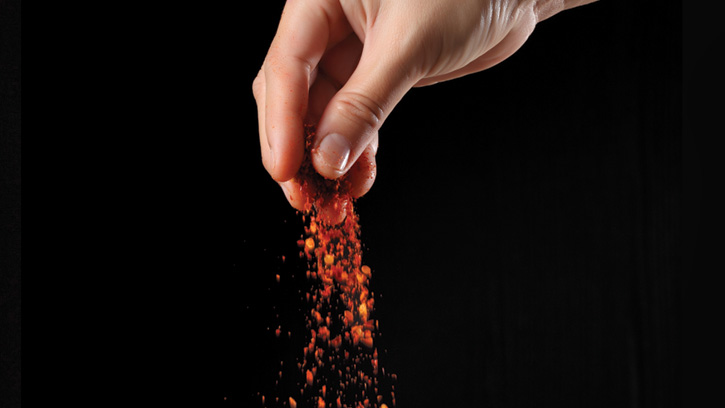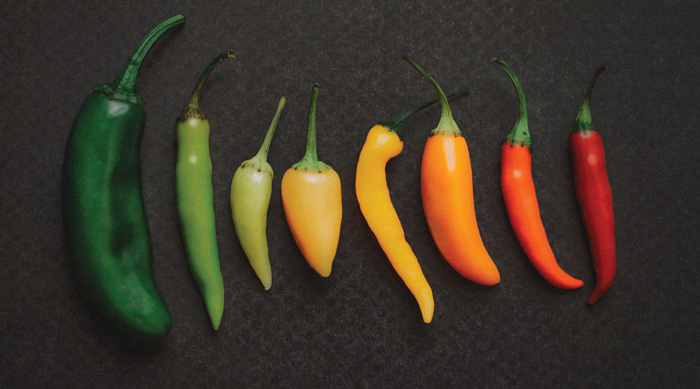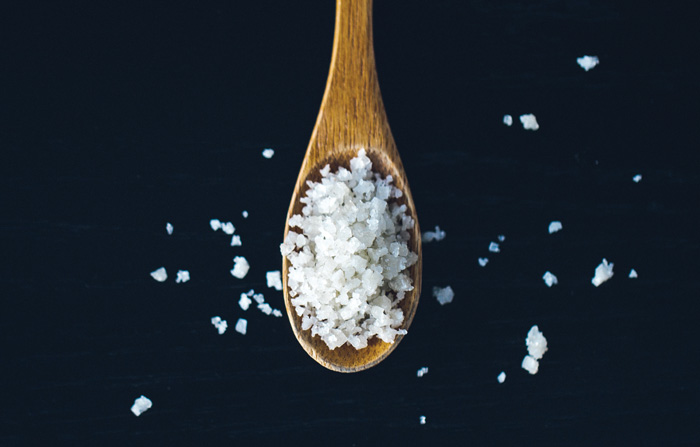Hot, Hot, Hot: Spices and Seasonings
Ingredients Illustrated | APPLIED SCIENCE
The heat is on for spices and seasonings that transport consumers to other lands as well as challenging their tolerance for fiery flavorings.
Growing demand for convenience foods such as ready-to-eat meals, soups, and frozen products is overlapping with a surge in desire for global cuisine and hot seasonings, pumping up sales forecasts for both spices and spice blends. The worldwide spices and seasonings market is projected to hit $34.7 billion by 2030, a compound annual growth rate (CAGR) of 5.7% from 2022–2030, according to Polaris Market Research. The company predicts that ginger will continue to head up the category, with paprika, pepper, oregano, mint, sesame, and turmeric also seeing high market demand.
The $20.2 billion global blended spices market is expected to grow at a 5.4% CAGR from 2022–2030, reports Grand View Research, led by the dominant Indian garam masala segment and fast-growing sales of berbere, a hot Ethiopian spice mixture.
“Transportive regional seasonings like Tajin, adobo, aji amarillo [yellow chile pepper], sumac, amba [mango pickle], baharat, and Sichuan peppercorn are a delicious way for consumers to travel through their taste buds,” says Jennifer Zhou, senior director of product marketing, North America at ADM.
Clean label and functionality demands are also helping to boost spice and seasoning profiles, as consumers seek out recognizable and nonchemical-sounding ingredients along with products that they perceive as having health benefits. “Seasoning ingredients that can provide potential functionality and diverse flavor such as black garlic, ginger, turmeric, cardamom, or cayenne will be largely in play in 2023,” says Joseph Gwisdalla, market research specialist at Kalsec.
Heat is the common denominator among many trending seasoning profiles, says Kevan Vetter, senior director culinary and executive chef at McCormick. “Heat is now everywhere, from grocery store shelves to upscale dining establishments, and eating spicy for fun, delight, and dares is now a social pastime,” he says.
Pick a Peck of Peppers
Peppers are seasoning superstars, with consumers increasingly seeking out specifically named peppers for heat, culinary authenticity, and fuller flavors. Preferences for ancho, jalapeño, pasilla, and serrano peppers have jumped since 2019, reports Kalsec, while Thai and Hatch chile preferences have skyrocketed.
Chile pepper–forward seasonings include oils, hot sauces, and chile pastes, says Kevan Vetter, senior director culinary and executive chef at McCormick. “Oils, which are more flexible and versatile than sauces, bring out the true flavors of peppers in multitextural heat enablers” like trending chile crisp and salsa macha, he adds.
A Dash of Salt Substitutes
Health concerns will help drive a 7.9% compound annual growth rate in the global salt substitute market from 2022–2030, with projected sales of $2.3 billion in 2030, reports The Brainy Insights market research firm.
The U.S. Food and Drug Administration is seeking ongoing reduction of sodium in commercially prepared foods, beginning with voluntary guidance released last year for 163 categories with the goal of decreasing sodium consumption by 12% during a 2.5-year period.
Dutch startup Fooditive plans to introduce LowSalt in 2023, an ingredient developed from potassium and sodium chloride that maintains the same taste as normal salt in partially reduced formulations, according to the company website.
Spices and Seasonings Glossary
Berbere—Hot Ethiopian mixture of red chile peppers, fenugreek, ginger, and other spices
Chili crisp—Chinese spicy infused oil with bits of peppers and other aromatics
Chimichurri—South American sauce made with finely chopped parsley, garlic, oregano, and vinegar
Chinese five spice—Powdered mixture of sweet, bitter, sour, salty, and savory spices, commonly including star anise, cloves, cinnamon, Sichuan pepper, and fennel
Ganjang—Korean soy sauce made from fermented soybeans and brine
Garam masala—Indian blend of spices that are roasted and then ground together
Gochujang—Korean fermented red chile paste
Guajillo—Reddish-brown Mexican dried chile pepper
Harissa—North African paste or sauce made with roasted red peppers
Herb—Leaves of a plant used to flavor or color food
Nashville hot chicken—Spicy U.S. Southern paste or sauce with cayenne pepper
Salsa macha—Mexican oil-based seasoning made with seeds and/or nuts, chiles, and garlic
Sambal—Indonesian chile paste or sauce incorporating a variety of chile peppers
Seasoning—Substance(s) that add flavor to food, such as spices, herbs, salt, pepper, either alone or in combination
Shichimi togarashi—Japanese mixture of seven spices, usually including coarsely ground red chile pepper; also called Japanese seven spice
Spice—Seed, fruit, root, bark, or stem of a plant used to flavor or color food
Sriracha—Asian hot sauce made from chile pepper, vinegar, garlic, sugar, and salt
Tajin—Seasoning mix of chile peppers, salt, and lime made by the Mexican company Tajin
Za’atar—Middle Eastern blend of za’atar herb, toasted sesame seeds, dried sumac, and other spice
To view the full article with infographics , please download the pdf






